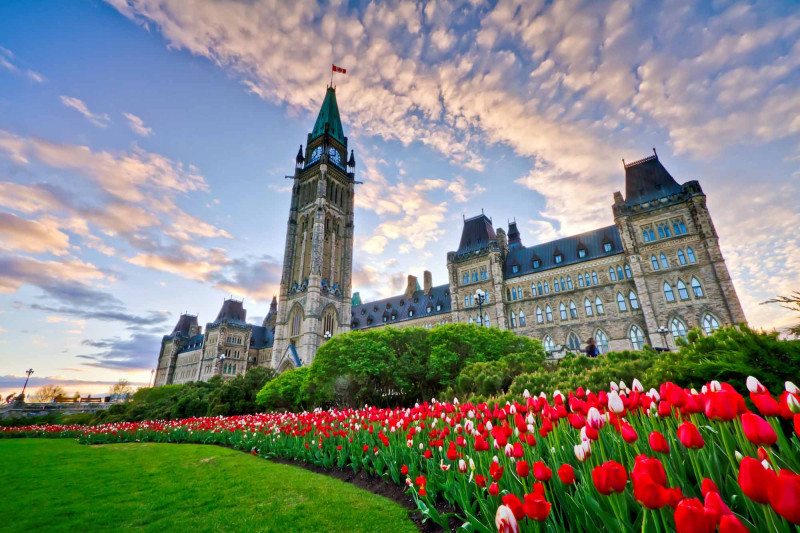Canada Reshapes Immigration Landscape with Major Policy Shifts

New immigration policies signal a strategic recalibration of Canada's approach to population growth and economic development
On This Page You Will Find:
- Latest changes to Canada's immigration targets
- Quebec's temporary program suspensions
- New U.S. border crossing rules
- Current processing times and asylum trends
Canada Implements Sweeping Changes to Immigration Policy Amid Housing and Economic Pressures
In a significant shift from its previous expansionist approach, Canada is recalibrating its immigration strategy through a series of comprehensive policy adjustments that will reshape the nation's demographic landscape over the next several years.
Substantial Reduction in Immigration Targets
The federal government has unveiled a marked reduction in its immigration targets, signaling a departure from its ambitious goal of welcoming 500,000 new permanent residents annually. Under the revised framework, Canada will now aim to accept 395,000 newcomers in 2025, with planned decreases to 380,000 in 2026 and 365,000 in 2027.
This strategic recalibration reflects a nuanced approach to population growth, balancing economic needs with infrastructure capacity and social services availability. The decision comes amid growing concerns about housing affordability and strain on public services in major urban centers.
Quebec Takes Bold Stance with Program Suspensions
In a parallel development, Quebec has implemented a significant moratorium extending through June 30, 2025, affecting two of its primary immigration streams: the Regular Skilled Worker Program and the Graduate Stream of the Quebec Experience Program (PEQ). This decisive action underscores the province's commitment to managing immigration flows while addressing mounting pressures on its housing market and social infrastructure.
New U.S. Registration Requirements Impact Canadian Travelers
Adding complexity to cross-border mobility, the United States has introduced new registration requirements for Canadian visitors. Starting April 11, 2025, Canadians aged 14 and above planning extended stays of 30 days or more must register with the United States Immigration and Citizenship Services. This requirement specifically affects land border crossings, introducing a new layer of administrative procedure for long-term visitors.
Rising Asylum Claims Present New Challenges
Canadian border officials are reporting a consistent increase in asylum claims, particularly at crossing points south of Montreal. This trend appears to correlate with the expiration of temporary protected status for various migrant groups in the United States, leading to increased northward migration. The situation has prompted enhanced resource allocation at key border points to manage the growing volume of claimants.
IRCC Processing Times Show Mixed Progress
Immigration, Refugees and Citizenship Canada (IRCC) has released updated processing times for various immigration streams, revealing a mixed picture of progress. While improvements are noted in permanent resident card issuance and citizenship applications, with reduced processing times for visitor visas, challenges persist in work permit processing and family sponsorship programs.
These developments collectively represent a significant pivot in Canada's immigration approach, reflecting a more measured stance on population growth while maintaining the country's commitment to managed immigration. The changes suggest a growing recognition of the need to balance immigration objectives with domestic capacity and social cohesion.
 Author: Azadeh Haidari-Garmash, RCIC
Author: Azadeh Haidari-Garmash, RCIC
